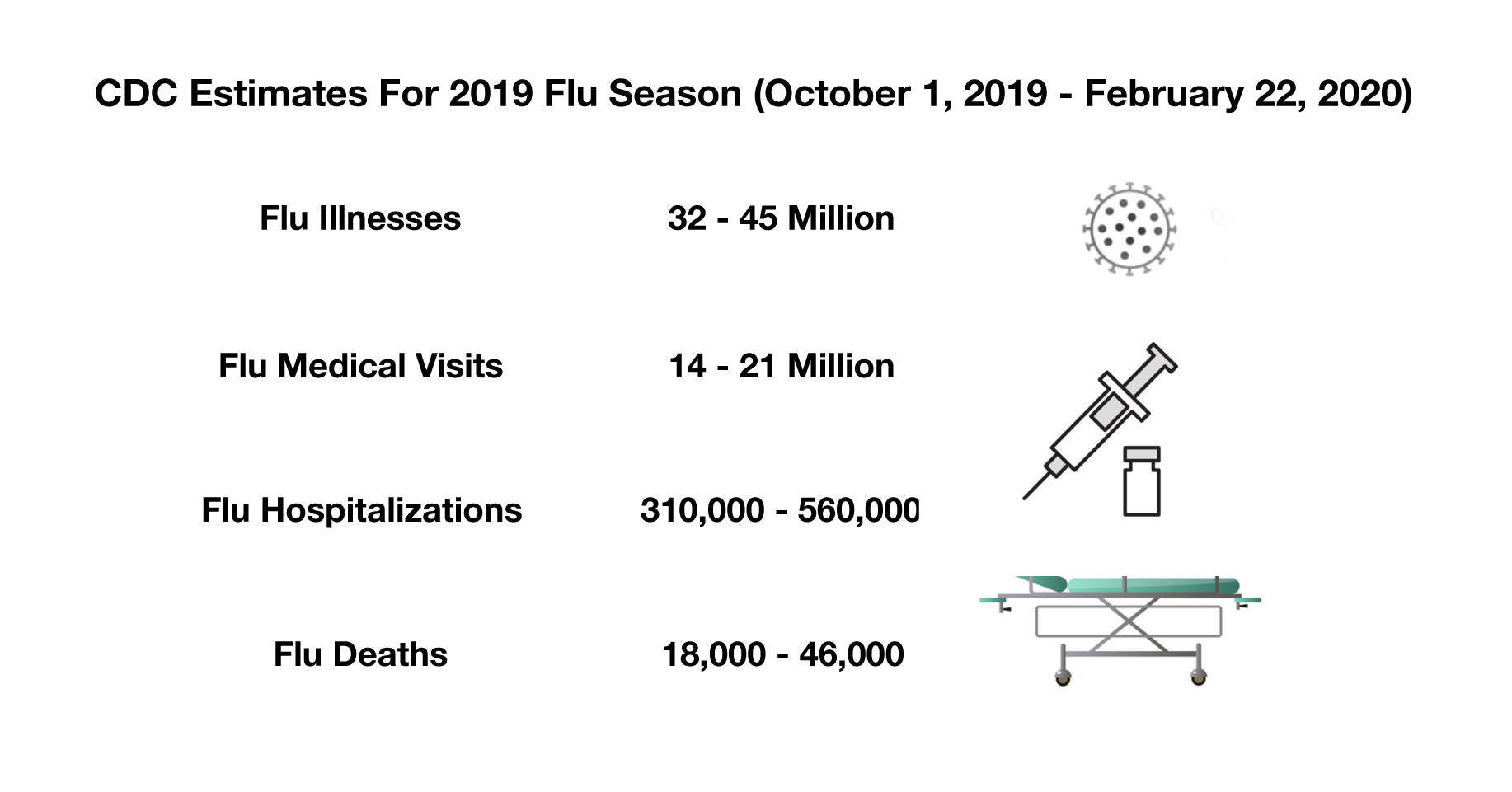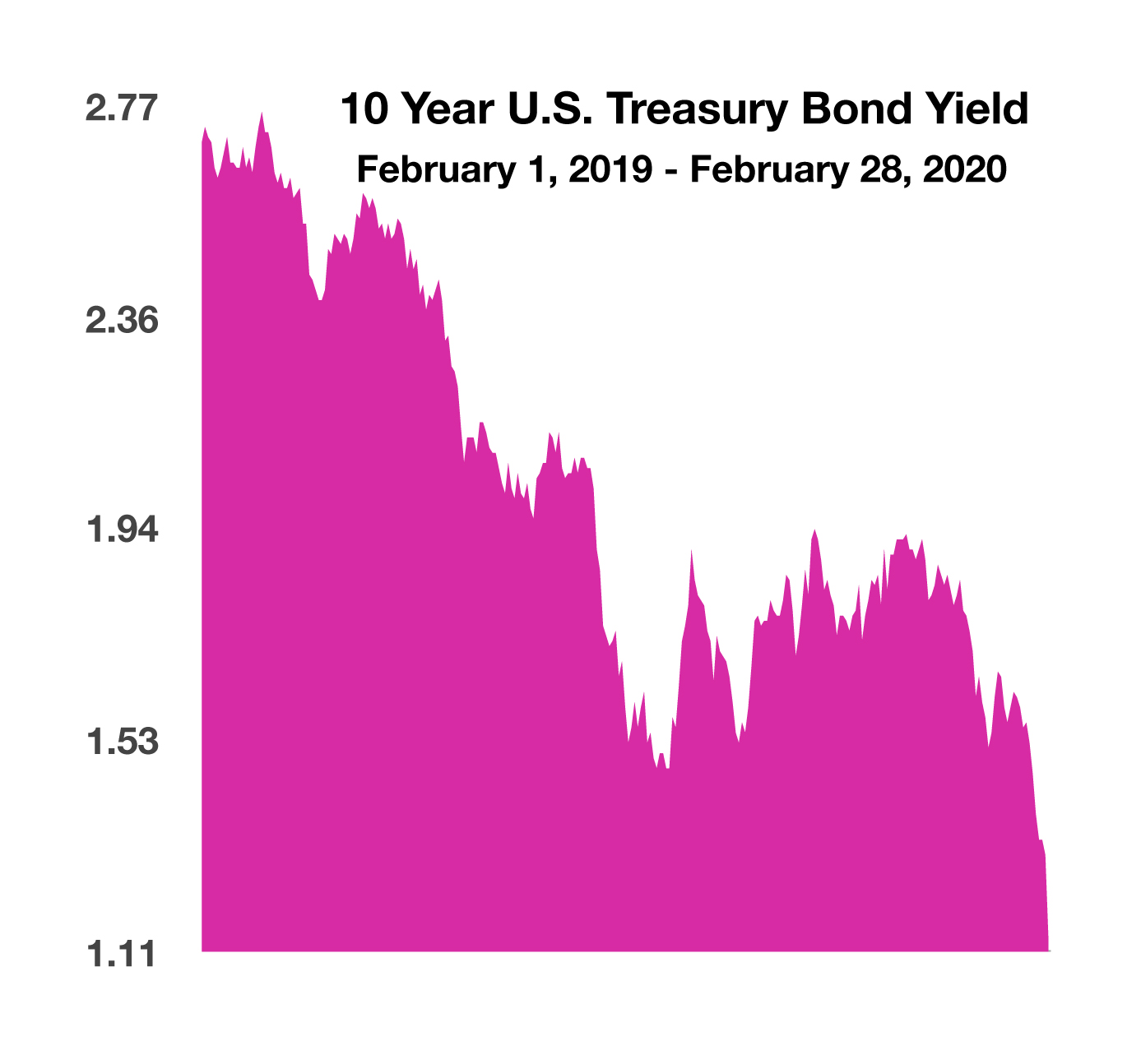Stock Indices:
| Dow Jones | 42,270 |
| S&P 500 | 5,911 |
| Nasdaq | 19,113 |
Bond Sector Yields:
| 2 Yr Treasury | 3.89% |
| 10 Yr Treasury | 4.41% |
| 10 Yr Municipal | 3.31% |
| High Yield | 7.26% |
YTD Market Returns:
| Dow Jones | -0.64% |
| S&P 500 | 0.51% |
| Nasdaq | -1.02% |
| MSCI-EAFE | 17.30% |
| MSCI-Europe | 21.20% |
| MSCI-Pacific | 10.50% |
| MSCI-Emg Mkt | 8.90% |
| US Agg Bond | 2.45% |
| US Corp Bond | 2.26% |
| US Gov’t Bond | 2.44% |
Commodity Prices:
| Gold | 3,313 |
| Silver | 33.07 |
| Oil (WTI) | 60.79 |
Currencies:
| Dollar / Euro | 1.13 |
| Dollar / Pound | 1.34 |
| Yen / Dollar | 144.85 |
| Canadian /Dollar | 0.72 |
Unprecedented Times
Today we find ourselves dealing with an unprecedented situation. The Covid-19 pandemic has been dynamic and intense for all of us in the past weeks. We have been asking questions which would have seemed unthinkable just a few weeks ago.
Our first priority has been to help our clients navigate this situation. We want you to know that we are working around the clock and are always available to answer any questions you may have. We will get through this.
ESG Funds
In an effort to be helpful during this challenging time, our team would like to share the following information regarding sustainable investing and the recent market volatility.
What are ESG Funds? ESG funds (Environmental, Social, and Governance) are a set of standards for a company’s operations that socially conscious investors use to screen potential investments. Environmental criteria consider how a company performs as a steward of nature. Social criteria examine how it manages relationships with employees, suppliers, customers, and the communities where it operates. Governance deals with a company’s leadership, executive pay, audits, internal controls, and shareholder rights.
This is a great strategy to invest your money if these criteria are important to you. If you are interested in investing in an ESG strategy please contact us and we can set up a time to discuss.


